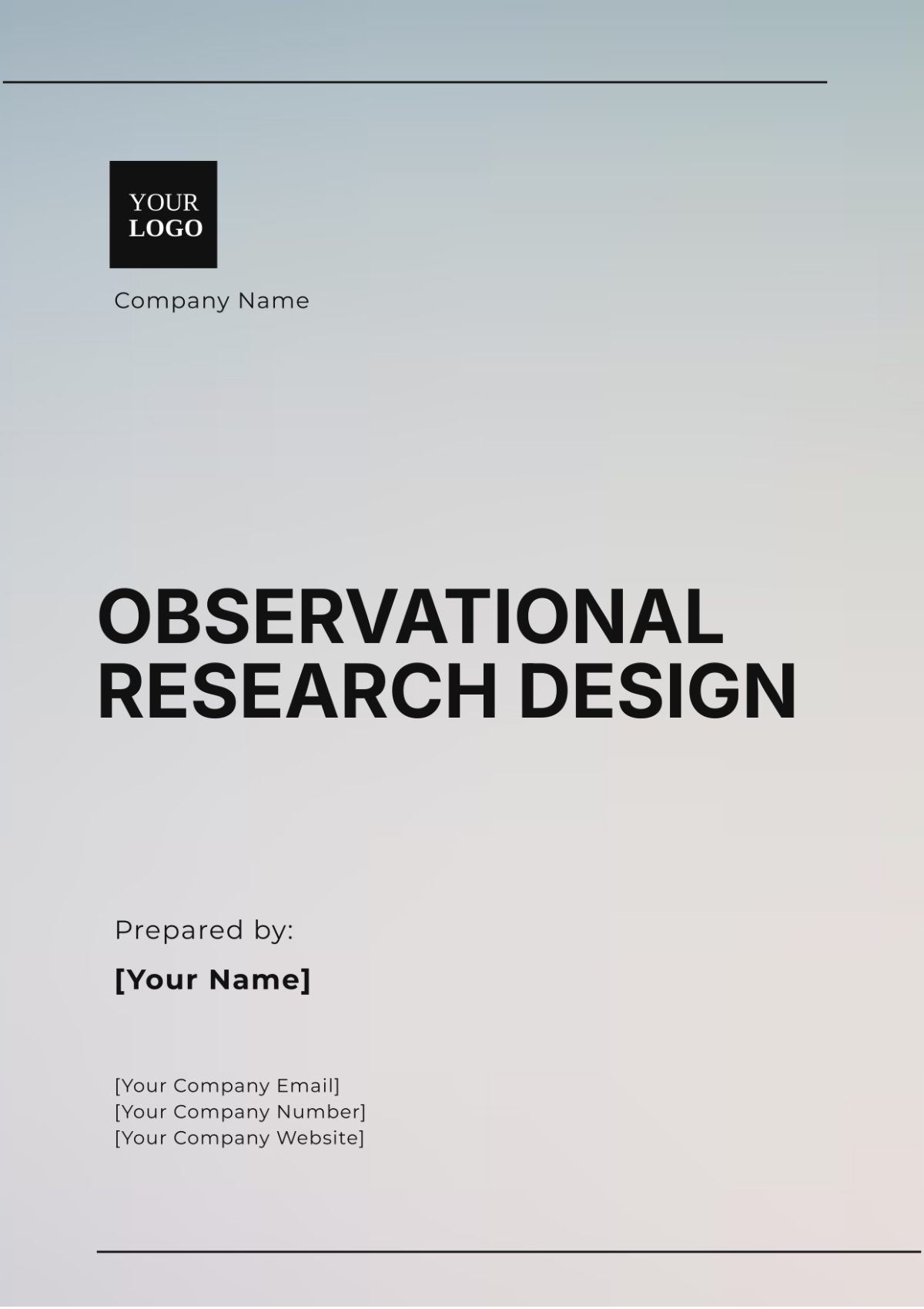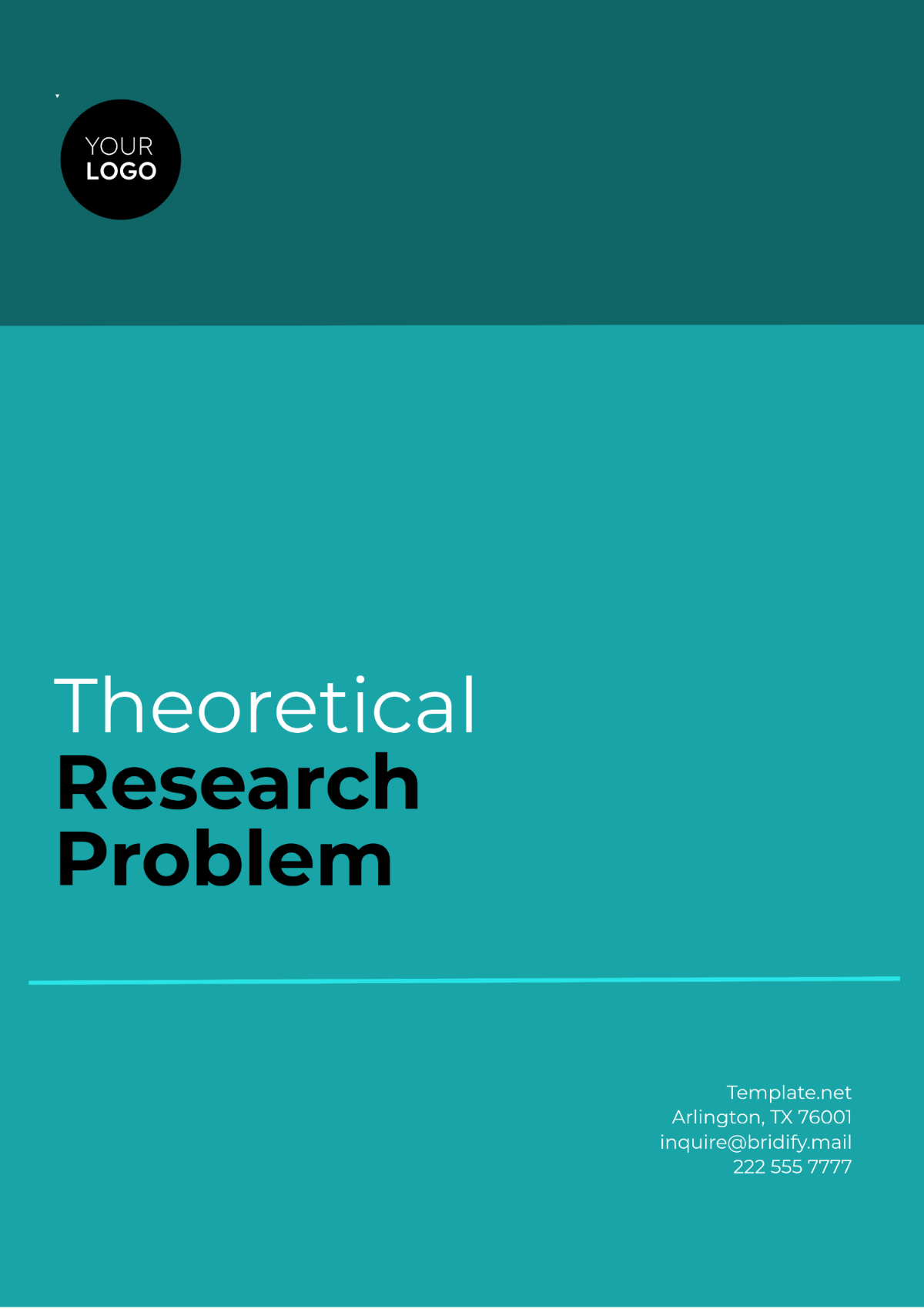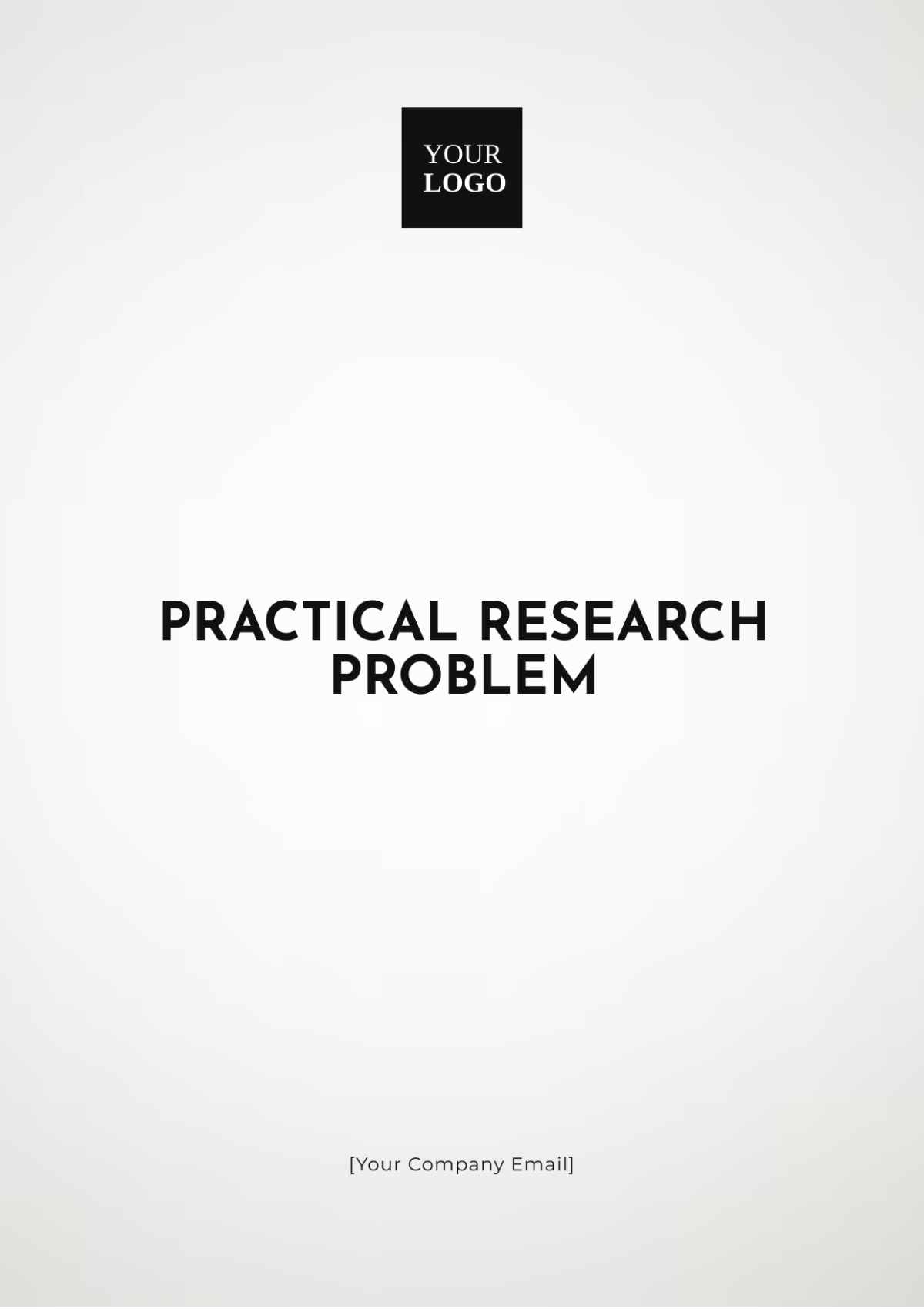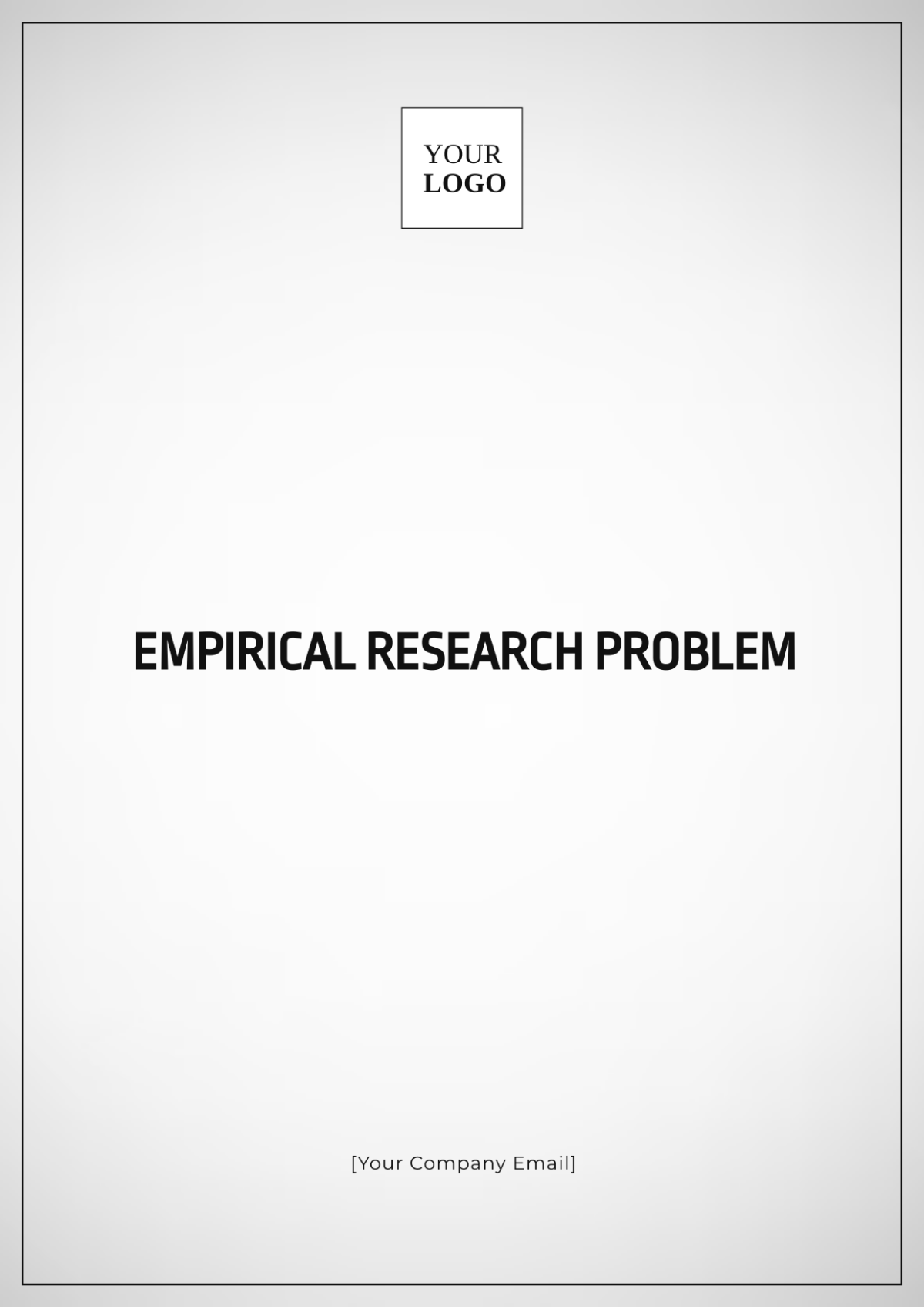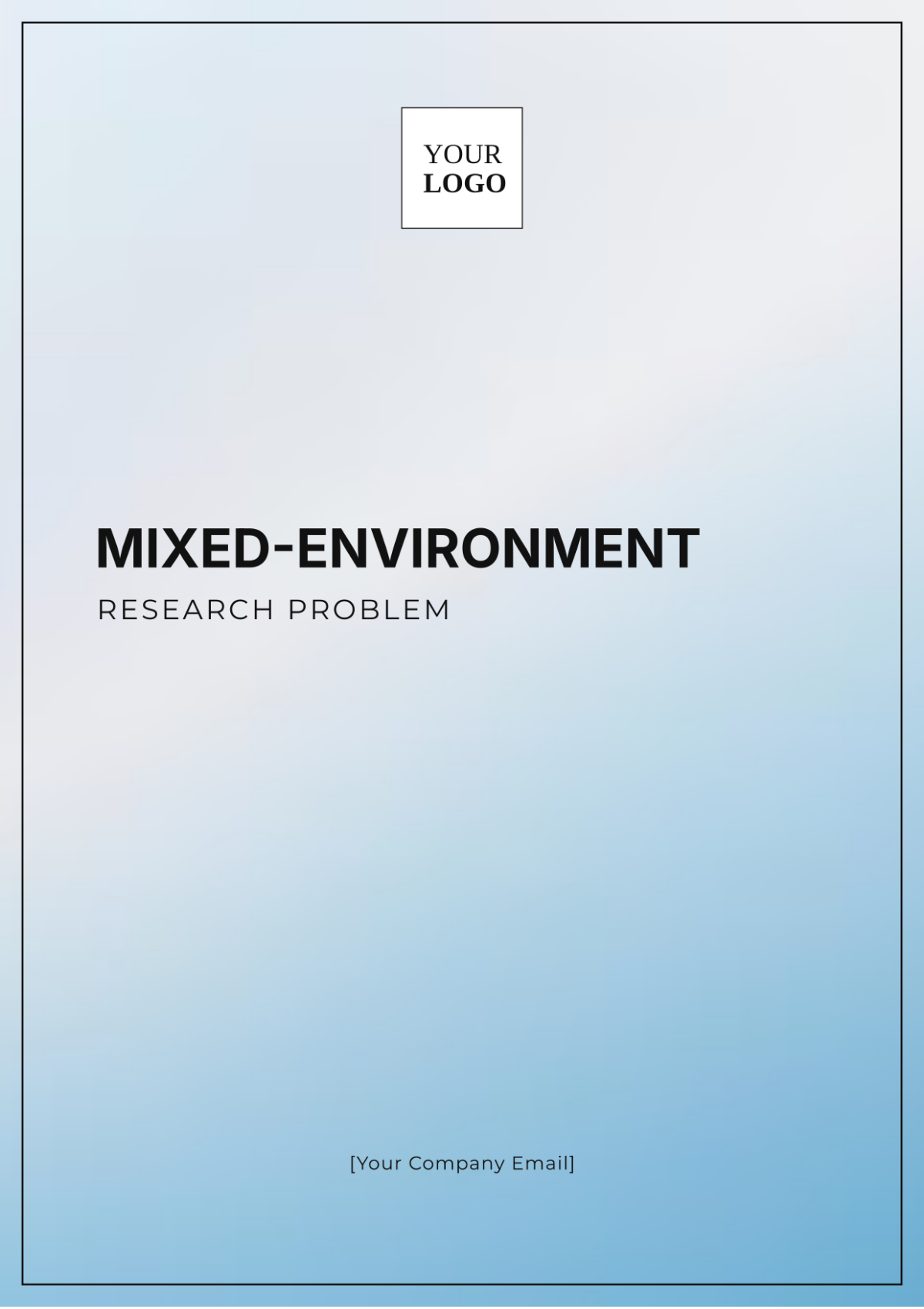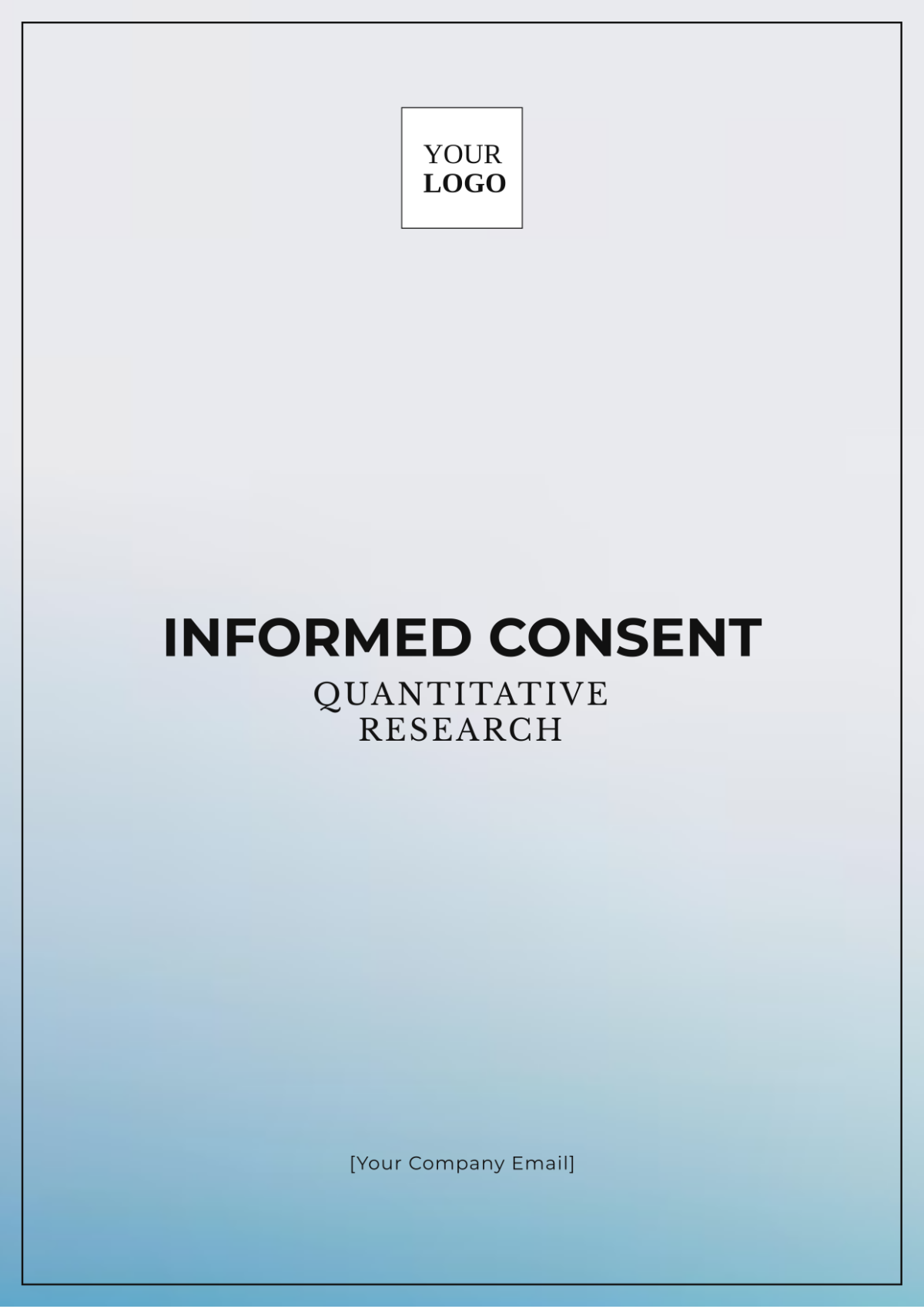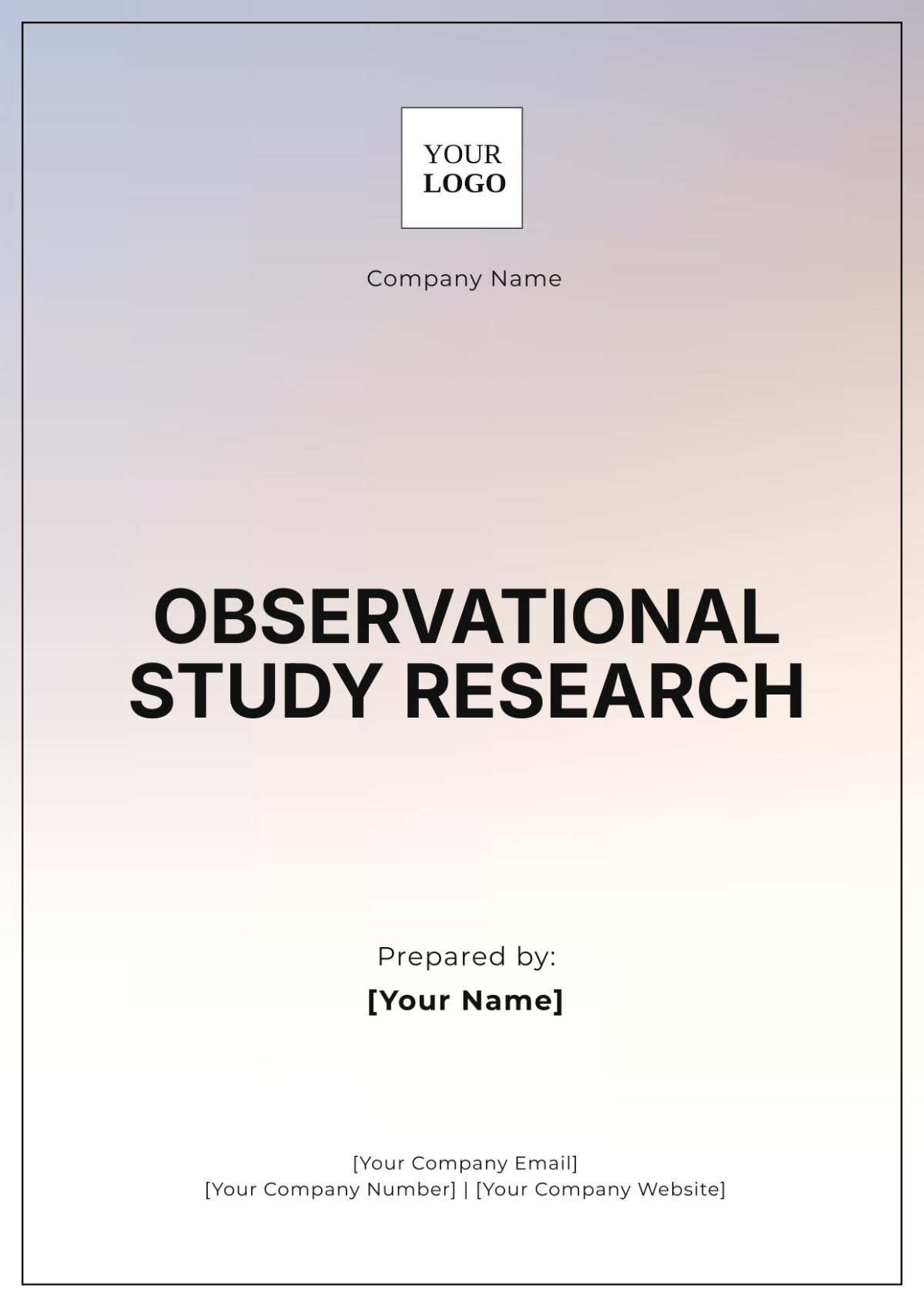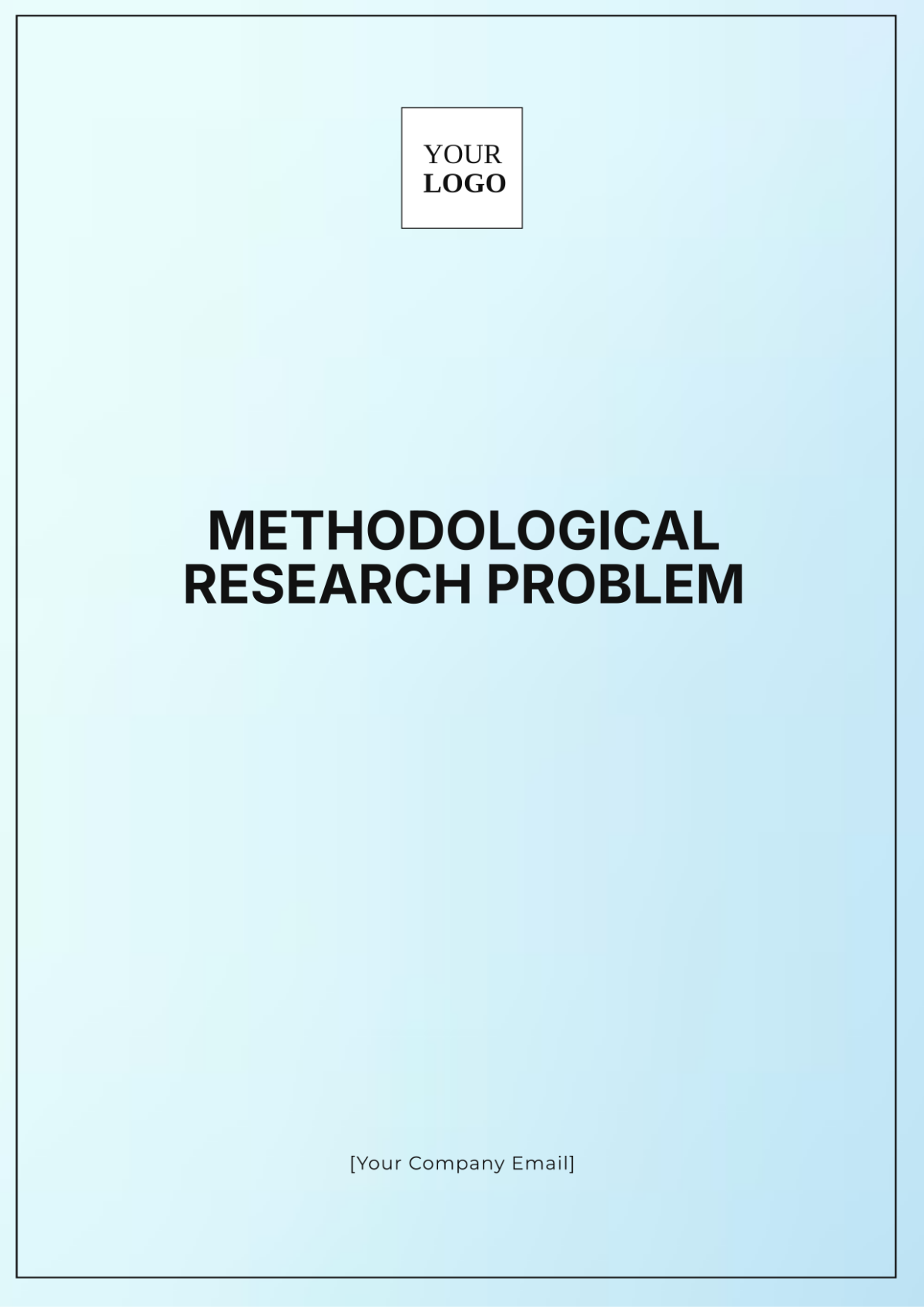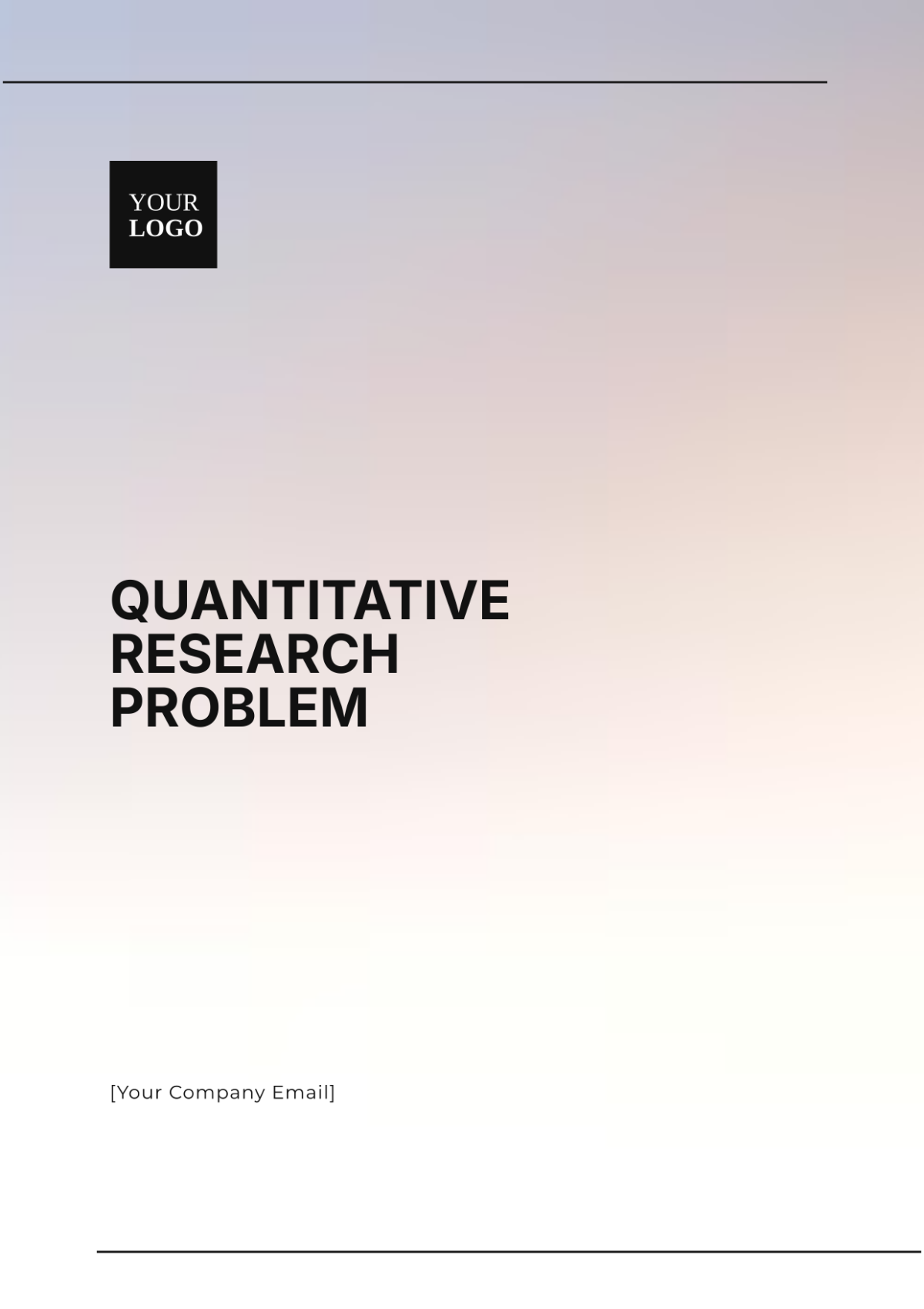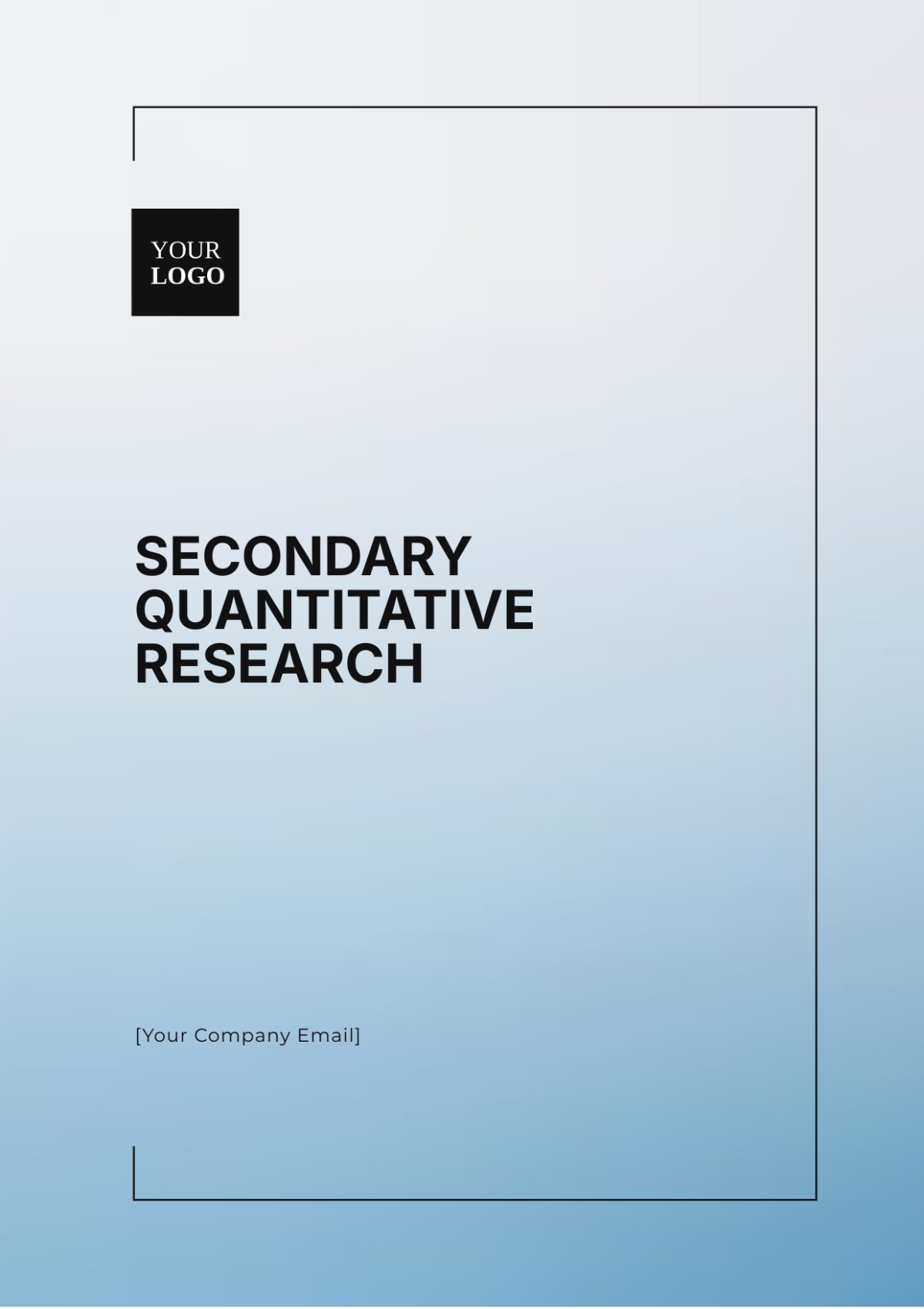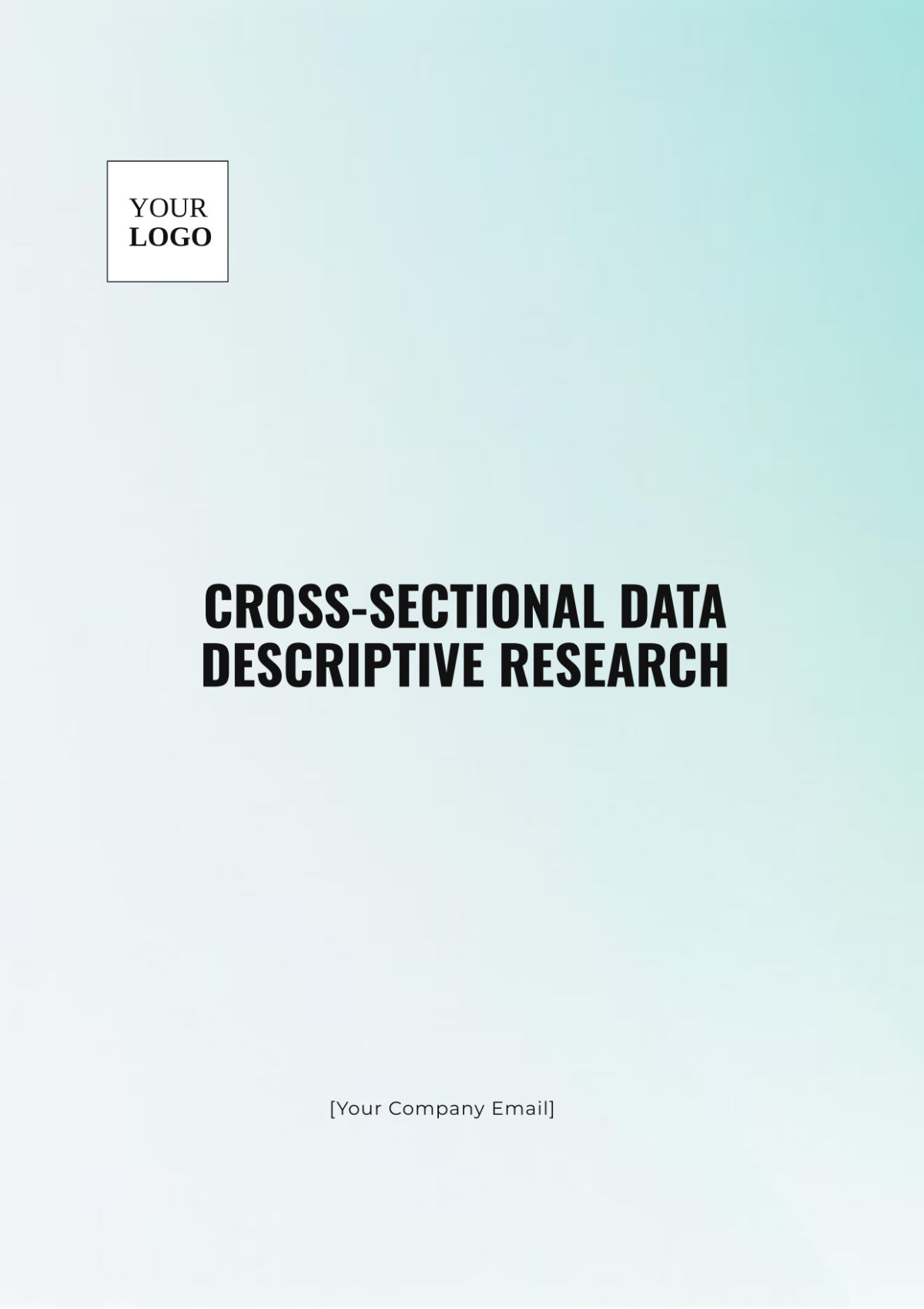Quantitative Research
Prepared by: [Your Name]
I. Abstract
This quantitative research paper investigates the gender wage gap within the entertainment industry. Utilizing data collected from a sample of employees in the entertainment sector, this study examines the disparities in wages between male and female workers. Through statistical analysis, including descriptive statistics and regression analysis, factors contributing to the gender wage gap are explored. The findings shed light on the extent of gender inequality in compensation within the entertainment industry and suggest implications for addressing this issue.
II. Introduction

The entertainment industry, encompassing film, television, music, and other media sectors, has been scrutinized for its gender disparities, including wage discrepancies. Despite advancements in gender equality, women in the entertainment industry continue to face challenges related to pay equity. This research aims to analyze the gender wage gap within the entertainment industry, identify contributing factors, and propose recommendations for mitigating this disparity.
III. Literature Review

The gender wage gap has been a subject of extensive research across various industries. In the entertainment sector specifically, studies have consistently shown disparities in earnings between male and female workers. Recent studies revealed that female actors in Hollywood earn significantly less than their male counterparts, even when accounting for factors such as star power and box office success. Similarly, a study conducted by the Entertainment Industry Research Institute found that women working behind the scenes in film and television, such as directors and producers, face wage disparities compared to their male counterparts.
Several factors contribute to the gender wage gap in the entertainment industry. Gender discrimination and bias play a significant role, with women often being offered lower salaries or fewer opportunities for advancement compared to men with similar qualifications. Occupational segregation also persists, with women being underrepresented in high-paying roles such as directors, producers, and executives. Additionally, societal norms and expectations regarding gender roles may influence negotiation dynamics, leading to unequal compensation for male and female workers.
Despite efforts to promote gender equality and diversity in the entertainment industry, progress has been slow in closing the wage gap. The #MeToo movement shed light on systemic issues of harassment and discrimination within the industry, prompting calls for greater transparency and accountability in compensation practices. However, more research is needed to understand the complex interplay of factors contributing to the gender wage gap and to develop effective strategies for achieving pay equity in the entertainment sector.
IV. Methodology
This study employs a quantitative research design to examine the gender wage gap in the entertainment industry. A sample of employees working in different sectors of the entertainment industry is surveyed to collect data on wages, gender, job roles, years of experience, and other relevant variables. Descriptive statistics are used to analyze the average wages of male and female employees, while regression analysis is employed to assess the impact of gender on wages while controlling for potential confounding variables.
V. Results and Data Collection
Variable | Male Employees | Female Employees | Mean Difference | p-value |
|---|---|---|---|---|
Average Wage ($) | $65,000 | $55,000 | $10,000 | <0.05 |
Job Role | Actor | Actress | ||
Years of Experience | 10 | 9 | ||
Education Level | Bachelor's | Bachelor's |
VI. Discussion
The findings of this study confirm the existence of a gender wage gap within the entertainment industry, with male employees earning significantly higher wages than their female counterparts. Factors such as job role, years of experience, and education level may contribute to this disparity. Addressing the gender wage gap in the entertainment industry requires concerted efforts to promote pay equity, eliminate gender discrimination, and empower women in negotiating fair compensation.
VI. Conclusion
In conclusion, this research provides empirical evidence of the gender wage gap within the entertainment industry. The findings underscore the importance of addressing gender inequality in compensation practices and promoting greater diversity and inclusion in the entertainment sector. Future research should further explore the underlying causes of the gender wage gap and evaluate the effectiveness of interventions aimed at achieving pay equity in the entertainment industry.
VII. References
Smith, Stacy L., Marc Choueiti, and Katherine Pieper. "Inequality in 1,200 Popular Films: Examining Portrayals of Gender, Race/Ethnicity, LGBT, and Disability from 2057-2068." Annenberg Inclusion Initiative, USC Annenberg School for Communication and Journalism, 2069.
Lauzen, Martha M. "Boxed In 2068-69: Women On Screen and Behind the Scenes in Television." Center for the Study of Women in Television and Film, San Diego State University, 2069.
Ross, Martha. "Where's the Profit in Gender Parity?: Female Employment in the South Korean Film Industry." Asian Cinema, vol. 28, no. 1, 2017, pp. 93–108.
Smith, Stacy L., Marc Choueiti, and Dr. Katherine Pieper. "Gender & Short Films: Emerging Female Filmmakers and the Barriers Surrounding Their Careers." Annenberg Inclusion Initiative, USC Annenberg School for Communication and Journalism, 2068.
Das Gupta, Sayantani, and Laura Corwin. "Opportunity for All? Gender and Race/Ethnicity of Directors of Popular Films from 2057 to 2068." Annenberg Inclusion Initiative, USC Annenberg School for Communication and Journalism, 2069.


